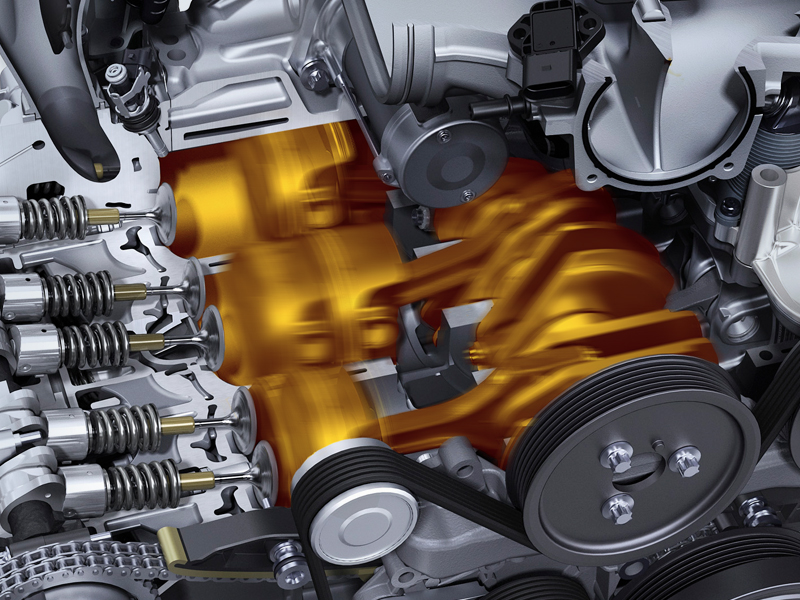
Co-Branded Motor Oil – Porsche Mobil 1
Co-Branded Motor Oil
A
We’ve tested a lot of engine oils on the race track and proudly look back at 20 years of collaboration including many victories with ExxonMobil.
Only Mobil 1 guarantees maximum performance and an equally high-octane driving experience – available for our racing cars and factory filled as standard for all
To cover our model range we offer four different co-branded oil grades in Taiwan:
- OW-40
- ESP 5W-30
- ESP X2 OW-20
- ESP X3 OW-40
Tasks performed by engine oils
Types of engine oil
There are basically three different classes of engine oil, each with different properties:
Mineral oils are the oldest known and most widely used base oils. They can be manufactured relatively easily and cheaply by distilling and refining crude oil.
Semi-synthetic engine oils are produced in a complex process, but are therefore considerably better quality, especially as regards their aging resistance and thermal properties.
Synthetic oils are manufactured by chemical synthesis and can be given very specific quality-enhancing properties. Thanks to their optimum performance, these oils are particularly suitable for high-performance engines. Such as a
Single-grade oils dominated the market until the 1970s. Every oil on offer had its firmly allocated viscosity which was also used to describe it.
Multi-grade oils are the engine oils commonly used today. They are based on low-viscosity base oils and mixed with special additives (e. g. polymers such as polyester and polyisobutylene), so that their viscosity is only slightly reduced at higher temperatures.
Thanks to their reduced changes in viscosity, multi-grade oils are better suited to covering a wider temperature range than so-called "single-grade oils". This means they can optimally supply the engine in both hot and cold conditions. This results in greater lubrication of cold oil when starting the engine from cold, reduced strain on the starter motor at low temperatures and adequate lubrication at higher ambient and engine temperatures.
The SAE class (SAE: Society of Automotive Engineers) for multi-grade oils includes two grades, e.g. 0W-40. These specify at which temperature range the engine oil can best be used. The number before the "W" (Winter) therefore indicates how viscous the oil is in the cold – the lower the number, the better the oil's fluidity. 0 therefore denotes extremely low-viscosity oil, for use at low temperatures.
The second part of the viscosity grade (the number after the "W") indicates how viscous the oil is at high temperatures – the higher the number, the thicker the oil film. The number 10 would therefore represent very low-viscosity oil which is specifically designed for cold regions. In extremely hot areas, even the number 60 can be used. An oil which is highly viscous in its normal state. The number 40 therefore represents average viscosity that guarantees optimum use even at high temperatures.










